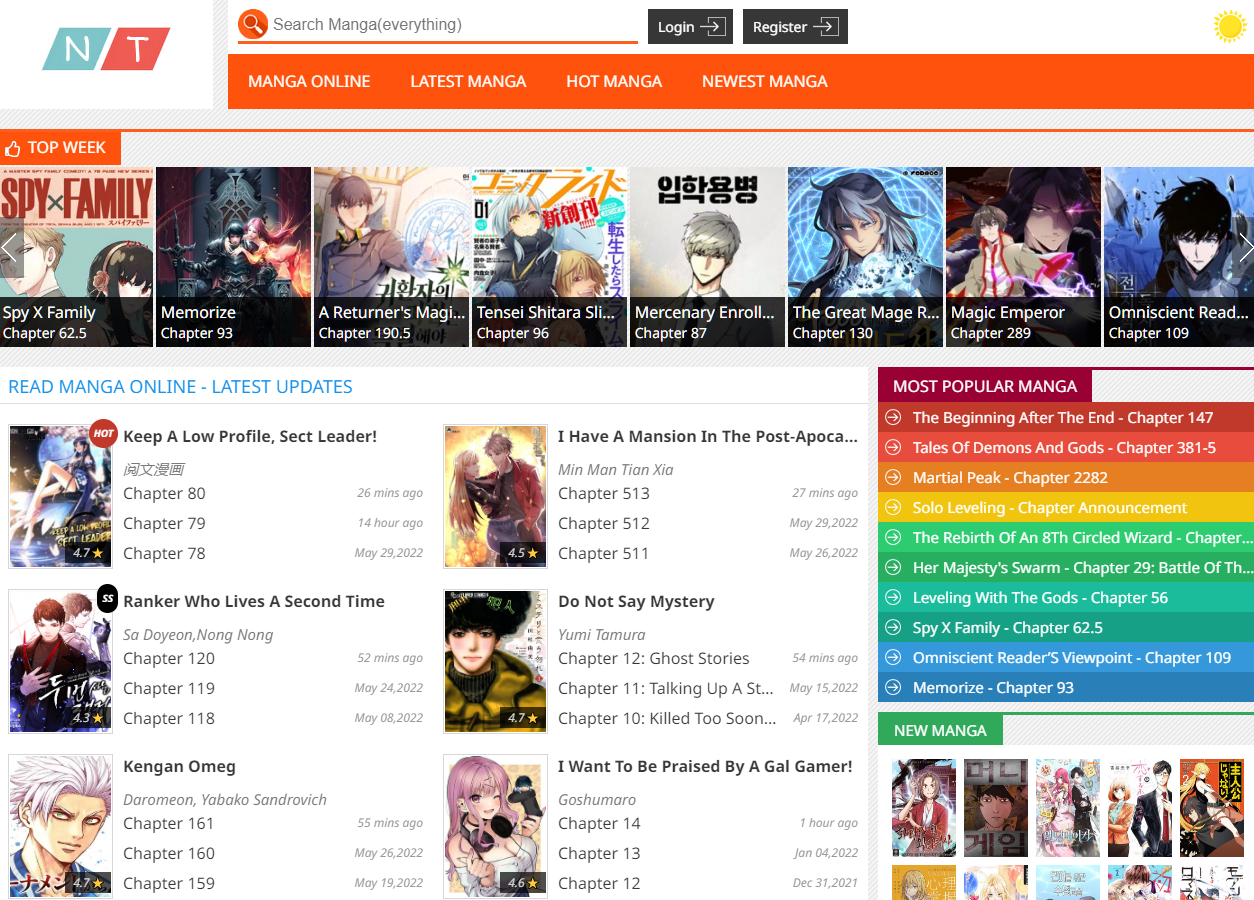Nijigahara Holograph
₫9.365.399
Nijigahara Holograph ©: The Manga Series Redefining Sports
Product description
Dive Deep into the World of Manga - An Engaging Manga Summary Cue
Manga summary Cue serves as a bridge connecting readers with the rich tapestry of stories woven within the pages of manga. This term encapsulates the essence of what readers can expect from various manga narratives, guiding them through complex plots, character arcs, and thematic undertones. Whether you're a seasoned manga enthusiast or new to this captivating medium, understanding manga summaries is essential to enhancing your reading experience.
Understanding the Artistic Expression of Manga
The world of manga is vast and diverse, offering countless titles across various genres. By immersing ourselves in the artistic expression of manga, we can appreciate its unique storytelling techniques, intricate illustrations, and character development that draws readers in.
The Evolution of Manga
Manga's roots trace back to ancient Japanese art forms, evolving significantly over centuries. Initially influenced by ukiyo-e (woodblock prints) and illustrated narratives, modern manga took shape during the Edo period. Today, it stands as a distinct cultural phenomenon, where artists blend traditional artistry with contemporary themes.
This evolution has led to the emergence of multiple genres, each with its own identity. From shounen’s action-packed adventures to shoujo’s romantic tales, every genre speaks to a different audience, allowing for versatile storytelling. It's fascinating to observe how manga adapts and evolves while retaining elements from its historical origins.
Key Characteristics of Manga
Manga is characterized by its unique visual style and panel layouts, which guide the reader's eye through the story. The artistic choices made by manga artists are significant, as they convey emotions, set the pace, and enhance the narrative.
For instance, the use of exaggerated facial expressions is a common technique in comedic scenes, while somber moments might feature minimalistic backgrounds and subdued tones. Furthermore, the interplay between text and imagery creates a rhythm that enriches the reading experience, making it immersive and engaging.
Cultural Impact of Manga
The influence of manga extends far beyond Japan's borders, resonating with global audiences. It has sparked a wave of interest in Japanese culture, inspiring fans to explore language, traditions, and lifestyles depicted within these graphic novels. As a testament to its impact, numerous adaptations in film and television have emerged, further solidifying manga's place in contemporary entertainment.
Moreover, manga often addresses social issues, reflecting the perspectives and challenges faced by various communities. Through its narrative lens, readers gain insight into cultural dynamics and societal norms, fostering empathy and understanding on a broader scale.
Exploring Different Genres within Manga
Diving into manga means exploring an array of genres; each provides a distinct flavor of storytelling. Understanding these genres enhances our appreciation for the craft and broadens our reading horizon.
Shounen – Action and Adventure
Shounen manga primarily targets young boys but has garnered a massive following across genders and age groups. These stories often revolve around male protagonists embarking on thrilling adventures filled with action, friendship, and personal growth.
Iconic series like “Naruto” and “Dragon Ball” exemplify shounen’s appeal, featuring epic battles and character development. The themes of perseverance and self-discovery resonate universally, making them relatable to readers facing their own life challenges.
Shoujo – Romance and Relationships
Shoujo manga focuses on themes of love, relationships, and emotional turmoil, typically aimed at young female readers. The delicate balance of romance and drama captivates readers, drawing them into the lives of characters navigating teenage love.
Titles such as “Fruits Basket” and “Sailor Moon” demonstrate how shoujo blends fantasy elements with heartfelt storytelling. The exploration of interpersonal dynamics and individual struggles resonates strongly, leaving a lasting impression that continues to inspire fans.
Seinen and Josei – Adult Themes
Seinen (aimed at adult men) and josei (for adult women) delve into more complex themes, portraying realistic scenarios and adult relationships. These genres often challenge societal norms and tackle subjects such as mental health, career struggles, and existential dilemmas.
Series like “Death Note” and “Nana” exemplify the depth of storytelling found in seinen and josei, pushing boundaries and inviting readers to reflect on their own lives. These narratives resonate deeply with mature audiences seeking authentic representation in literature.
The Rise of Isekai and Fantasy Genres
In recent years, the isekai (another world) genre has surged in popularity, capturing readers' imaginations with its inventive premises. This genre invites protagonists to transcend their everyday realities, plunging into fantastical worlds where they face challenges, develop powers, and encounter magical beings.
Stories like “Re:Zero - Starting Life in Another World” and “Sword Art Online” showcase the allure of escapism, resonating particularly with those seeking adventure and excitement. These narratives not only entertain but also prompt reflections on identity, purpose, and the consequences of one's actions.
Crafting Compelling Characters in Manga
Character development lies at the heart of manga storytelling. A well-drawn character can evoke emotions and make the story feel real, allowing readers to invest themselves fully in the narrative.
Archetypes and Their Significance
Manga often employs archetypal characters that embody specific traits, making them relatable and memorable. For example, the "kawaii" (cute) protagonist frequently appears in shoujo works, representing innocence and vulnerability. Conversely, the "stoic hero" in shounen embodies strength and determination.
These archetypes serve as touchstones for readers, helping them navigate complex narratives and understand character motivations. While these roles may seem predictable, skilled creators often subvert expectations, adding layers of depth and nuance to their characters.
Character Arcs and Growth
Character arcs depict the transformative journeys of individuals throughout the story. A compelling arc allows readers to witness growth, struggles, and triumphs alongside the characters, creating an emotional connection.
Take the journey of Naruto Uzumaki from “Naruto”; his evolution from an outcast to a respected leader reflects themes of resilience and acceptance. Such arcs encourage readers to embrace change in their own lives, resonating beyond the pages of the manga.
Supporting Characters and Their Roles
Supporting characters play crucial roles in enriching the narrative, providing contrasting perspectives that enhance the main character's development. These relationships often bring humor, wisdom, or conflict, contributing to an engaging story dynamic.
Consider the cast of “My Hero Academia,” where each character possesses unique abilities and personalities that influence the protagonist's journey. These interactions shape the protagonist's worldview, emphasizing the importance of community and collaboration.
The Importance of Relatable Motivations
Relatable motivations drive characters’ actions, making their struggles and successes resonate with readers. Whether it’s pursuing dreams, confronting fears, or grappling with loss, these motivations create a sense of authenticity that draws readers deeper into the narrative.
For example, the desire for acceptance and belonging found in many coming-of-age manga speaks to universal human experiences, allowing readers to connect with characters on a profound level, ultimately enhancing their overall engagement.
The Role of Illustration in Manga Storytelling
Illustration is not merely a complement to the text in manga; it is an integral part of storytelling that conveys emotions, themes, and atmosphere. The synergy between visuals and narrative invites readers to immerse themselves in the world created by the artist.
Panel Composition and Flow
The arrangement of panels dictates the pacing and flow of the story, guiding the reader's experience. Well-crafted panel composition enhances clarity, ensuring that readers seamlessly transition between scenes and emotions.
Artists experiment with varying panel sizes and shapes to create dramatic effects or emphasize critical moments. A sudden shift to a large panel can heighten tension, while smaller, sequential panels might convey rapid movement or quick reactions.
Expressive Character Designs
Character design plays a pivotal role in establishing personality, mood, and emotional resonance. Manga artists use distinctive features—such as hairstyles, outfits, and expressions—to communicate aspects of characters’ identities swiftly.
For instance, a character with sharp features and a scowl might signal antagonism or cunning, while a bubbly character adorned with pastel colors could represent positivity and warmth. These visual cues allow readers to form immediate impressions, enriching their understanding of the storyline.
Symbolism Through Art
Symbolism in manga illustration adds layers of meaning, prompting readers to engage critically with the content. Artists often incorporate recurring motifs, color palettes, or certain visual styles to evoke particular emotions or highlight themes.
For example, the use of blooming cherry blossoms might symbolize fleeting beauty or the passage of time in a story. Recognizing these symbols deepens readers’ appreciation for the artistry involved, encouraging them to view manga as more than just entertainment.
Creating Atmosphere with Art Styles
Different art styles contribute to the overall atmosphere of a manga, influencing the tone and emotion conveyed throughout the narrative. Whether it’s the clean lines and vibrant colors of a shoujo manga or the gritty textures of a seinen, each style evokes distinct feelings that shape reader perception.
Artists often adapt their techniques to suit the story they wish to tell, experimenting with shading, perspective, and backgrounds. This versatility showcases the creativity and dedication present in the world of manga, inviting readers to explore diverse artistic expressions.
FAQs
What is the significance of manga summaries?
Manga summaries provide concise overviews of the plot, characters, and themes, helping readers decide if a particular title suits their interests. They serve as a valuable tool for navigating the vast world of manga.
Are manga summaries reliable for all genres?
While most manga summaries capture key elements accurately, interpretations may vary based on personal perspectives. Readers should consider summaries as starting points rather than definitive analyses.
How can manga summaries enrich my reading experience?
Manga summaries highlight crucial narrative components, allowing readers to engage meaningfully with the story. They offer insight into themes and character motivations, enhancing comprehension and enjoyment.
Can I rely solely on manga summaries to enjoy the stories?
While summaries provide helpful context, experiencing the full narrative richness requires reading the manga itself. Summaries should act as guides rather than substitutes for the immersive storytelling found within the pages.
Where can I find reliable manga summaries?
Many dedicated manga websites, forums, and fan communities offer detailed summaries and discussions about various titles. Engaging with these platforms can help enrich your understanding of manga.
Conclusion
Manga summary Cue serves as a gateway to the multifaceted world of manga, inviting readers to explore its diverse stories, characters, and artistic expressions. By understanding the intricacies of manga—from genre distinctions to character development and visual storytelling—we can appreciate the medium more deeply.
Whether you seek thrilling adventures, poignant romances, or thought-provoking narratives, manga has something to offer everyone. With the right insights and guidance, diving into this rich tapestry of storytelling can be an incredibly rewarding experience. So grab a manga, immerse yourself in its pages, and let the magic unfold!
Read Full: Kamakura Dekofuraifu







